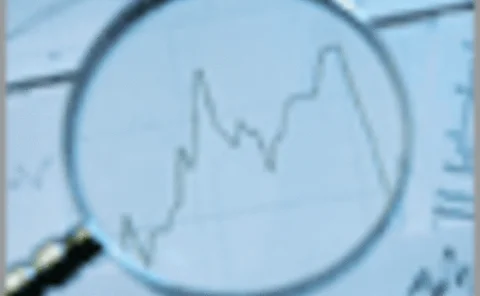Market risk
Risk roulette on eurozone scenarios
The European Union and International Monetary Fund agreed a €750 billion emergency loan package in early May, aimed at averting a sovereign default and wider crisis across the eurozone. Nonetheless, banks have been preparing for the worst, stress testing…
Six Swiss Exchange CEO: Markets need 'single set of eyes'
More data sharing needed to empower local regulators, says Six’s Katz
Risk indicators spike during a dramatic week
Volatility rose to near-record levels this week as eurozone anxiety intensified
A new VAR terminology
In the first of a four-part series, David Rowe considers the development of financial risk management over the past 25 years and offers some thoughts about its future direction
Capturing fat tails
Financial institutions are more aware of the risks posed by high-impact events since the crisis, but the question is how to encapsulate these in models. Zari Rachev, Boryana Racheva-Iotova and Stoyan Stoyanov discuss three approaches for capturing fat…
Banks run eurozone crisis scenarios as Greece founders
With markets anticipating a Greek debt restructuring, bank traders and risk managers are preparing for a wider crisis that could drag in northern European countries, tip the euro into a tailspin or even threaten the eurozone’s integrity.
Valid Assumptions Required: an analysis of VaR for energy markets
In this 10-part series, Brett Humphreys takes a fresh look at the widely used risk measure value-at-risk (VaR), urging risk managers to be more aware of the many assumptions that go into the calculation to produce the VaR number.
What does VAR mean in 2010?
Value-at-risk figures fell across the industry in 2009, while exceptions dropped significantly from levels in 2007 and 2008. But discussion over what VAR figures actually show and how the numbers are interpreted by senior management continues. By…
A sting in the tail
After recent financial turmoil, market participants are thinking much more rigorously about ways to protect themselves against the possibility of rare but extreme events. However, effectively hedging tail risk is not straightforward. By Mark Pengelly
Summing up VAR
There are a number of approaches to building the IT systems architecture required for historical simulation value-at-risk implementations. What are the pros and cons associated with these architectures? And why does the risk-aggregator approach overcome…
Hammers and nails
Excess regard for the techniques we know can lead to these methods being misapplied. Risk managers too often fall into this trap, argues David Rowe
WEF: Oil price spikes remain top 10 risk for 2010
Oil price spikes remain one of the World Economic Forum's (WEF) top 10 economic risks for 2010, with the risk-rating moving up to medium risk from low risk in 2009.
Exceptions to the rule
Regulators have traditionally seen value-at-risk exceptions as an early warning of weaknesses in bank risk models. However, the financial crisis has shown VAR exceptions cannot be used to predict bank failures or distress.
Being stressed is good for you
Increased regulatory focus means stress testing can no longer play a minor role in banks’ strategic thinking and capital considerations. Many institutions require cultural and procedural change to make this happen, but are they capable of bringing it…













